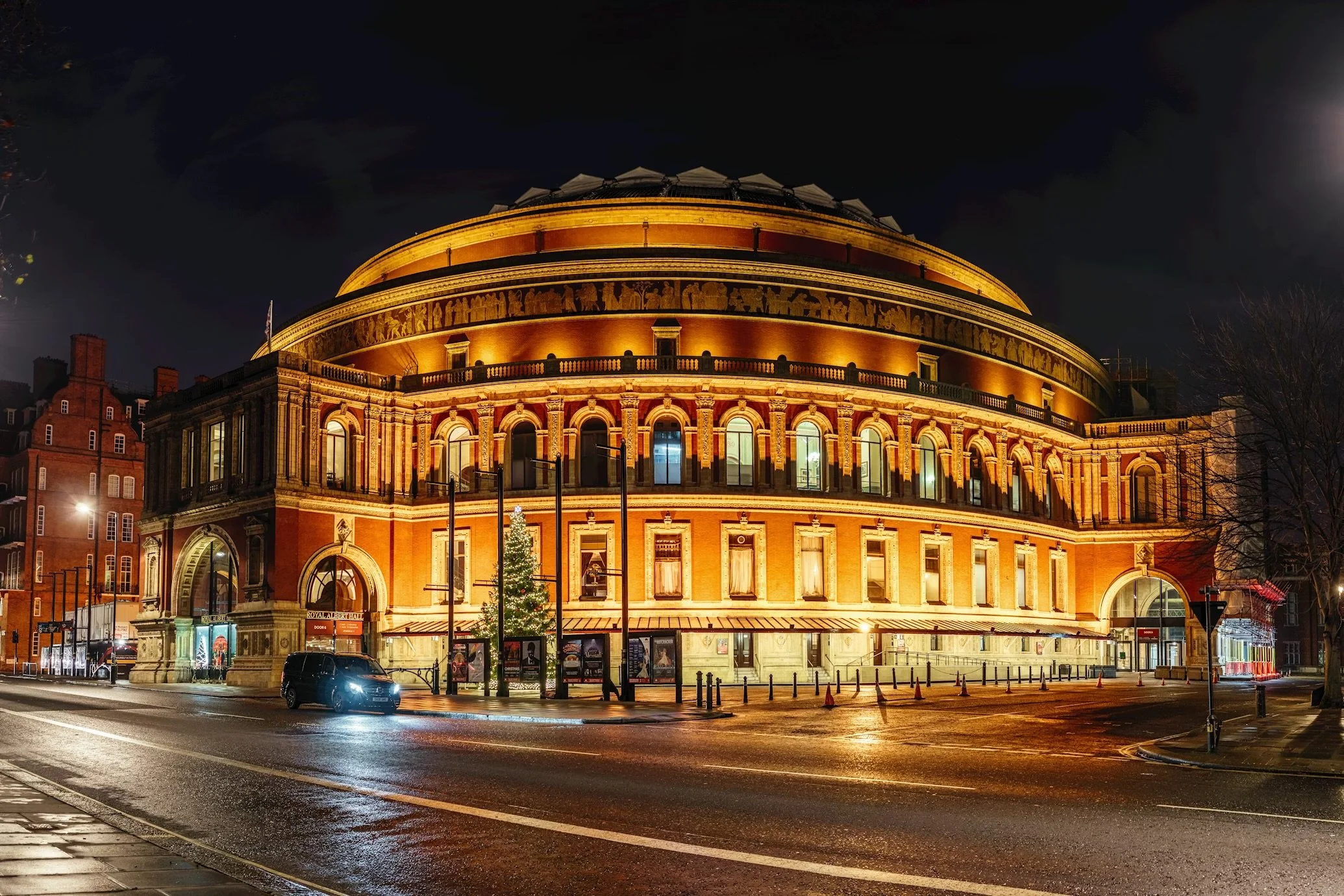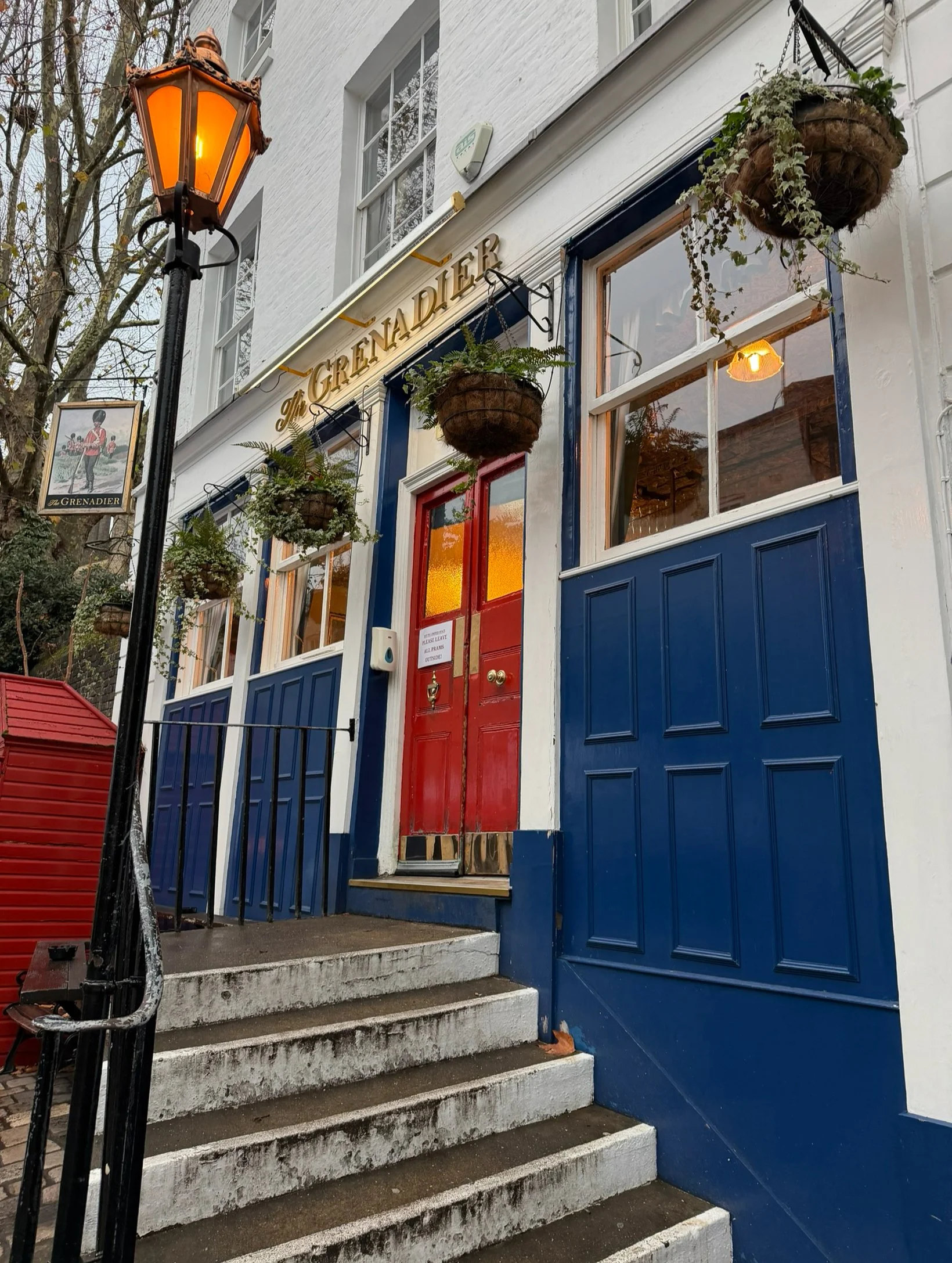Subject to Change Exhibition Review
Where:
The Cello Factory
When:
20 – 27th September 2021
Image: Paul Bonomini
A Group Exhibition featuring Paul Bonomini, Maybelle Peters & Linda Simon.
Setting foot in Subject to Change, a group exhibition featuring Paul Bonomini, Maybelle Peters and Linda Simon, is an instantly transformative, multi-sensory experience. The exhibition celebrates and presents new works by the joint winners of the prestigious London Group Open President’s Prize awarded by Susan Haire. The London Group is the UK’s longest-running artists’ co-operative, founded in 1913 with the aim of creating an independent, artist-led exhibiting body that could encourage and revitalise contemporary visual arts, providing a counter-balance to existing institutions such as the Royal Academy.
On entering, I am first struck by the bright, rich depth of colour of Maybelle Peters’ installation Ground Provisions and its innovative, intimate union of organic and synthetic materials. Its loosely knotted tubular structure, lovingly crafted around a handmade loom, hangs from a rooftop beam of the Cello Factory’s vaulted ceiling, punctuated by items sourced from the artist’s local suppliers of African Caribbean produce, until it pools gently onto the floor as if it were liquid. Over the course of the exhibition, its shape and structure will gently but inevitably change, stretching and shifting with the weight of the produce. This feeling of animation echoes the manner in which it was created, as Peters recounts the experience of crafting the work over the past 18 months in terms of pure pleasure, finding not only the process but the piece itself a comfort to touch, work with and observe. The artist welcomes interaction with the work and this rare opportunity to experience and not just imagine tactility, particularly when it comes to textiles, at an exhibition is exhilarating.
image: Maybelle Peters
A recurring theme throughout the three artists’ work is an individual yet collective experience of intense engagement with materials during a time of isolation. Each artist found and nurtured stimulation through their surroundings in a way that manifests joyfully and potently in their work. While not intending to depict or address the pandemic, the timing of this doubly-postponed exhibition and therefore of the artists’ creative processes has precisely spanned this period and is a testament to newfound intimacies and perspectives.
These subtle shifts are encapsulated in Linda Simon’s interconnected installations, the first of which is an intricately beautiful hanging sculpture made from safety mesh of the kind commonly found in building sites. Simon regularly uses safety materials in her practice but recalls the moment last year when, for some, their use and affiliations with the pandemic became overpowering. With this particular bright yellow sheeting, however, Simon relishes its instant associations with the sun and the almost tangible sense of light and hope that it conjures. In turn, the mesh has led to the creation of a new series of cyanotypes, a photographic printing process that produces a cyan-blue print through exposure to the sun. These take the form of wall-mounted cubes with cut-outs (encoded with the names of individual wildflowers in the artist’s garden) that line the gallery’s upper balcony. I find the display reminiscent of a musical score and I am delighted to learn that it intentionally echoes the opening notes of Tom Petty’s Wildflowers. Rather than discard the cut-out elements from the cubes, Simon has created a three-dimensional sunflower following the Fibonacci sequence, a pattern that occurs in both nature and mathematics. For Simon, it appears that each work begets another, with sources of inspiration abounding (and connecting) among the natural and the industrial.
The ideas embodied in the largest-scale piece in the exhibition, Paul Bonomini’s Remnants, are similarly material-led and in this case, germinated during a period of lockdown skip-diving. Spanning the width and height of the building, the artist has created a fascinating, tensioned structure in which laths that once formed the fabric of a house are suspended both horizontally and vertically within interwoven elastic strips. At eye height, a cracked green-edged window makes for a delightful, show-stopping visual interlude and adds yet another vantage point from which to observe the interaction of the three artists’ works. At the base of the installation, planks of discarded wood have been not only collected and repurposed by the artist but meticulously tagged with lead labels documenting the date and time of their salvage. In this context and given such attention, the fragments take on new life and a treasure-like quality, with a nuanced nod to the leaden ruins of Anselm Kiefer.
Continuing these themes of restoration and reconditioning, but now entering the digital sphere, a series of projected images on the gallery’s back wall offer distorted takes on Bonomini’s collections and further complicate the parameters of his archival project. Remnants questions the underlying assumptions traditionally associated with collecting as an activity by suggesting alternative methods and modes of both discovery and display. Is it also a further tribute to the pleasure taken in material engagement by each of the artists in this exhibition, a pleasure which directly translates to the viewer’s experience in an unusually direct manner.
The exhibition’s sensory success can also be linked to the relationship between the installations and their setting in The Cello Factory, which, with its unique heritage and architecture, is unlike any other exhibition space in London. Indeed, the works presented by the three artists were developed in response to an initial visit in early 2020 and they jointly recall being struck and inspired by the building’s height. Following multiple postponements, Subject to Change is a triumph that allows us to share not only in the three artists’ thoughtful creative practices and impressive installations, but in their experiences over the past 18 months and their visions for the future.
Location:
33-34 Cornwall Road, London, SE1 8TJ
Opening hours:
1 – 6pm
Words by Sofia Carreira Wham






















Step up your game with this vibrant Ahwenepa Nkasa scrunchie!